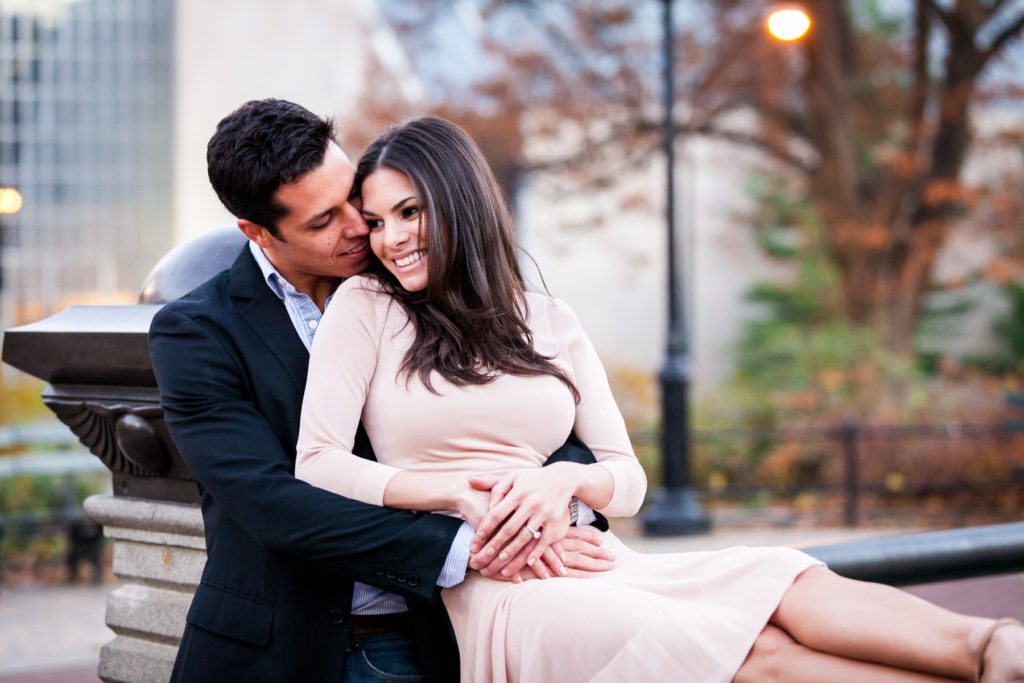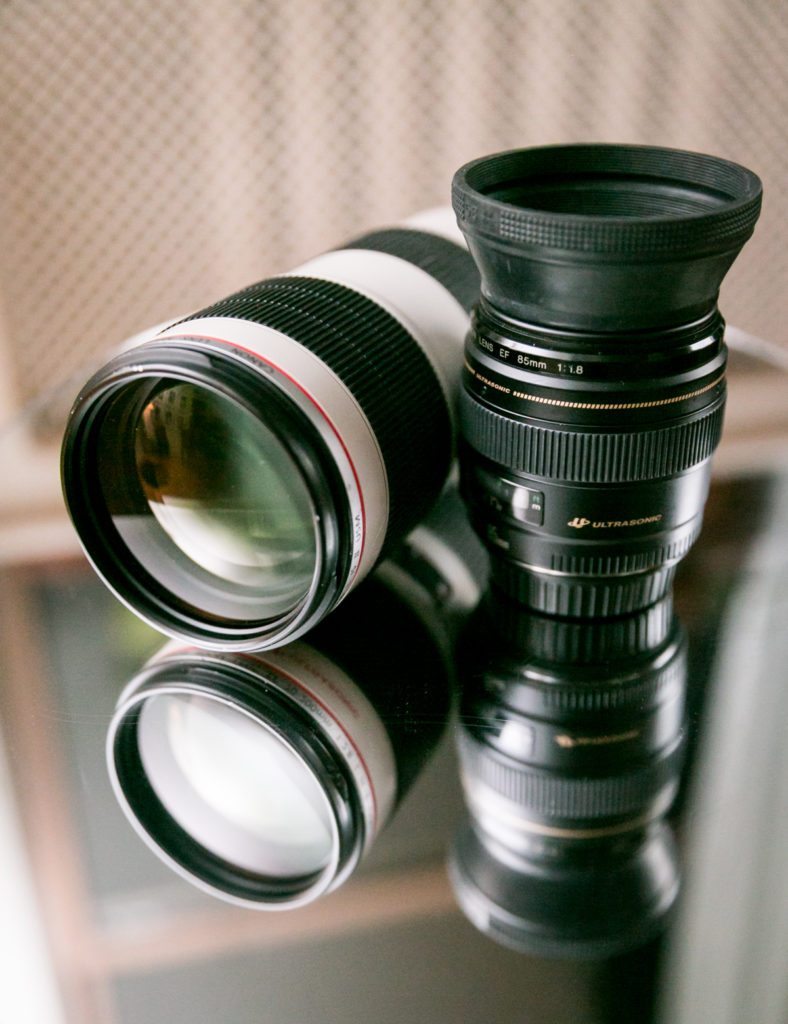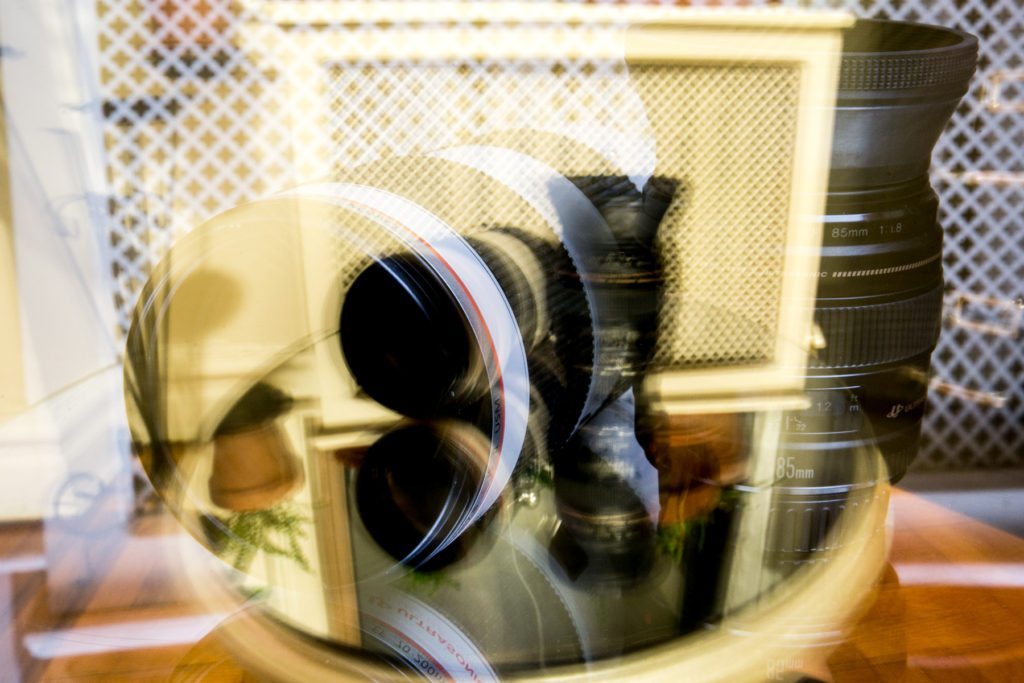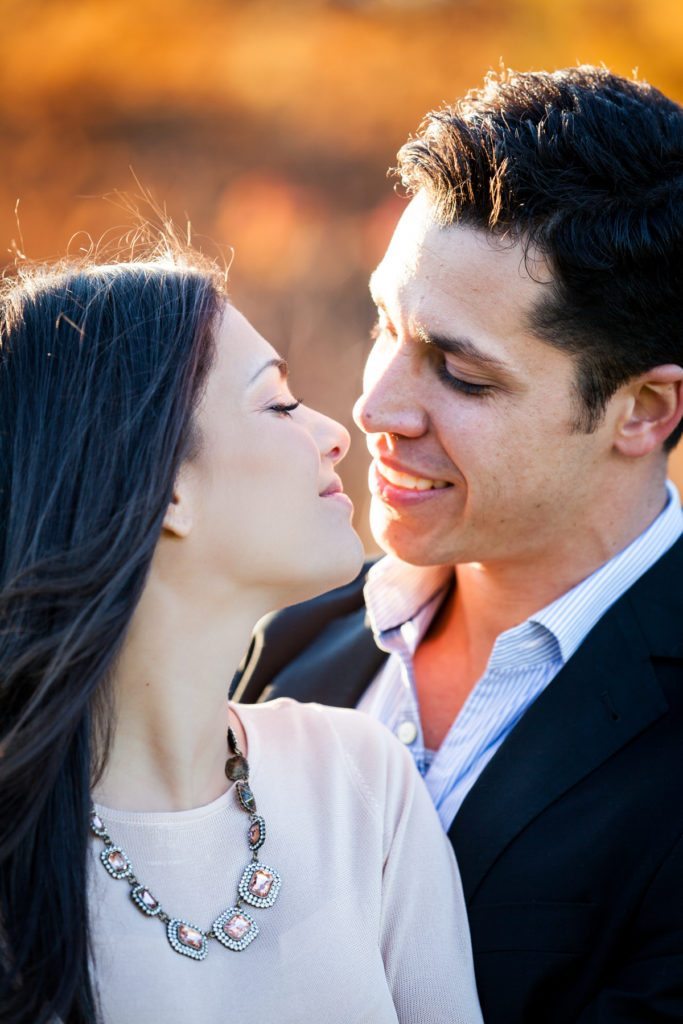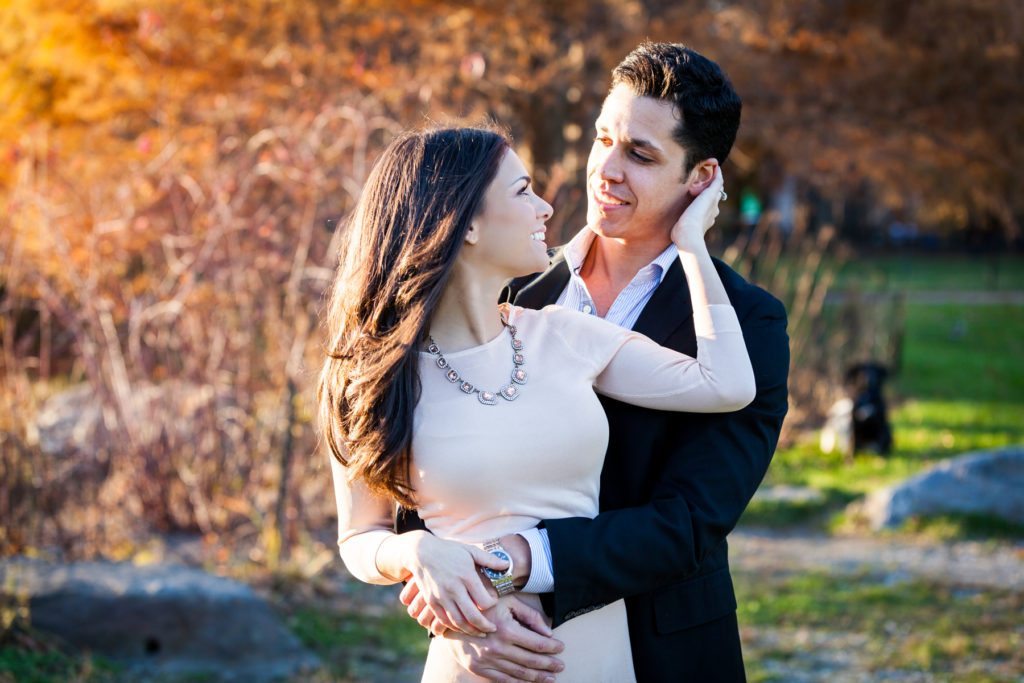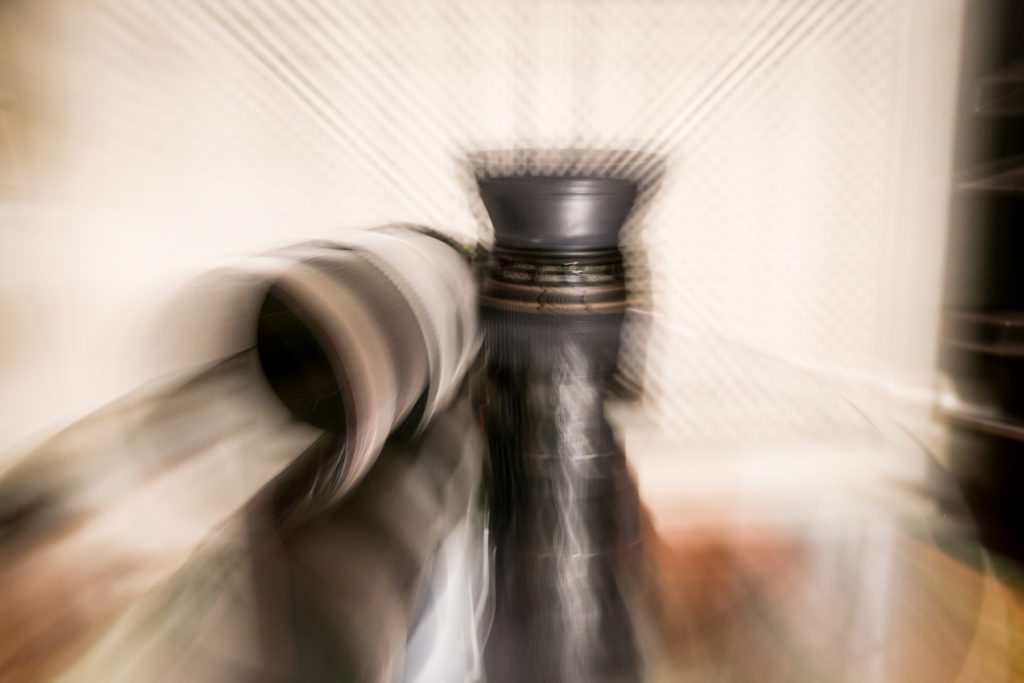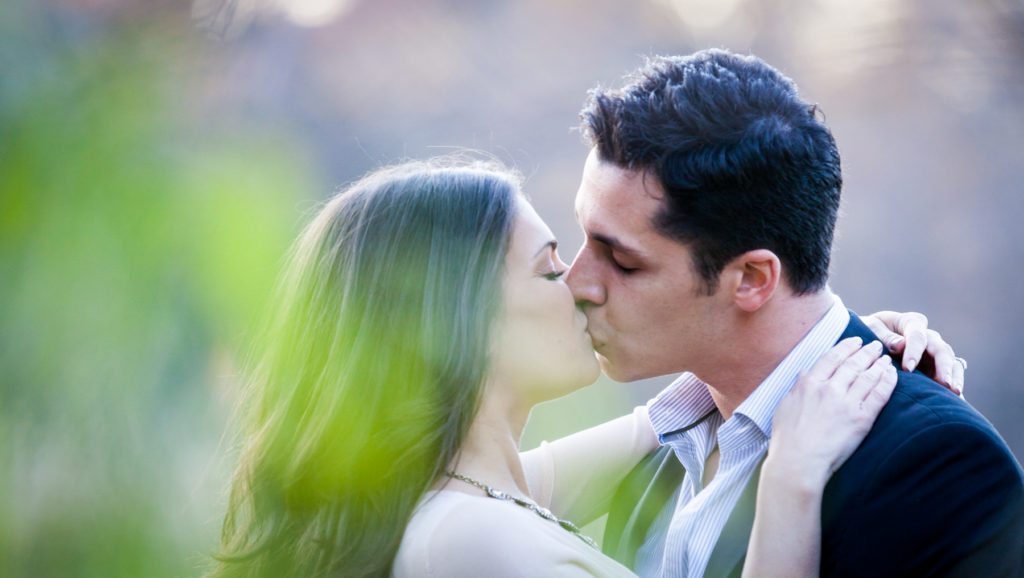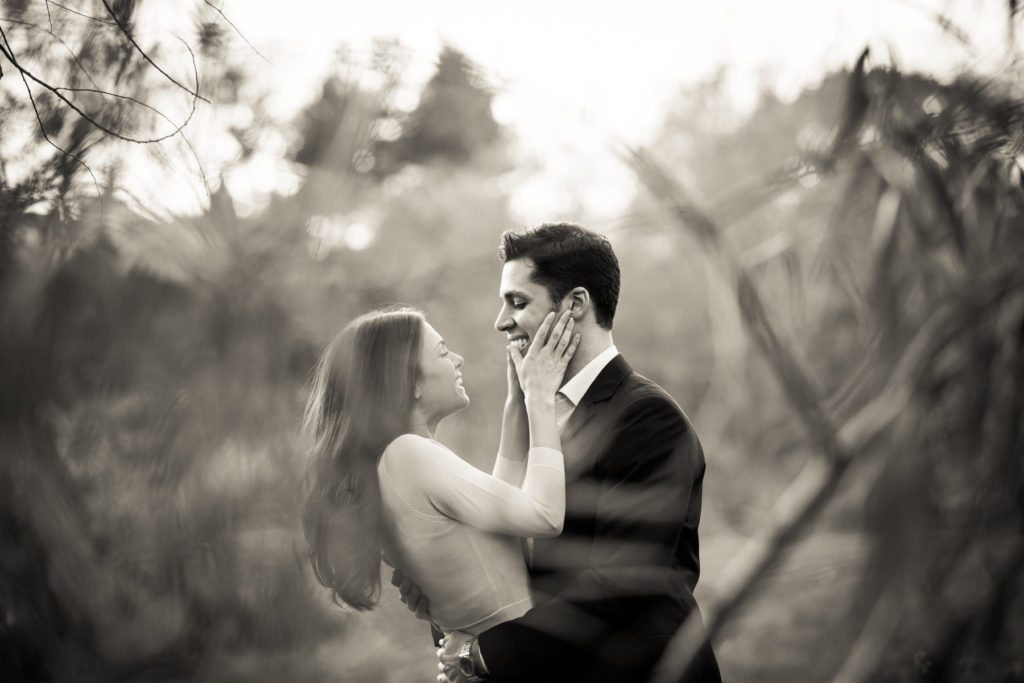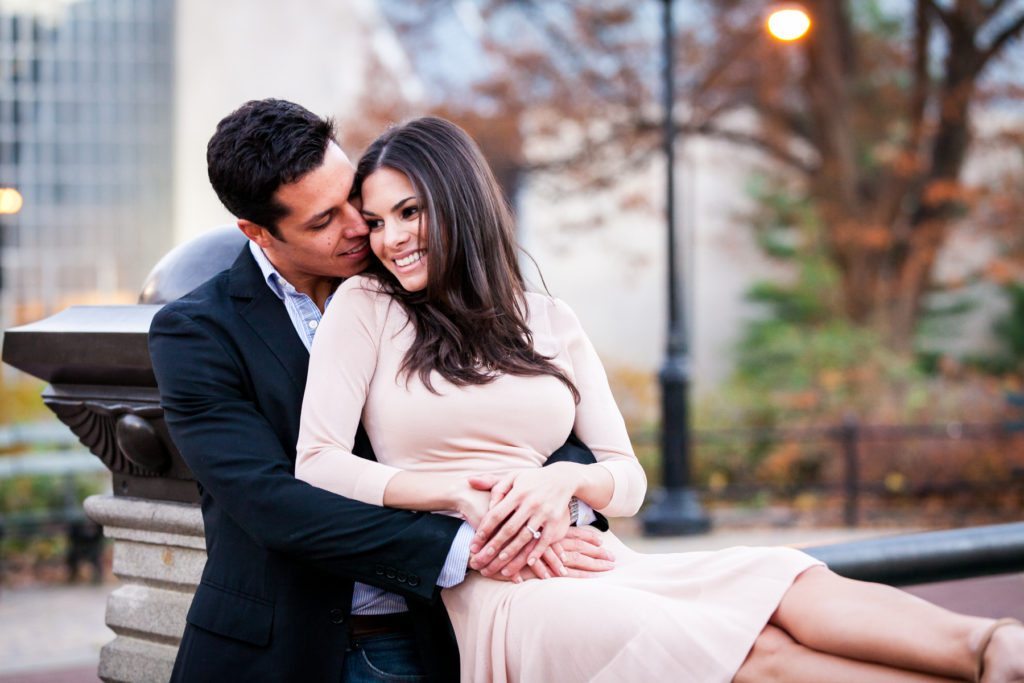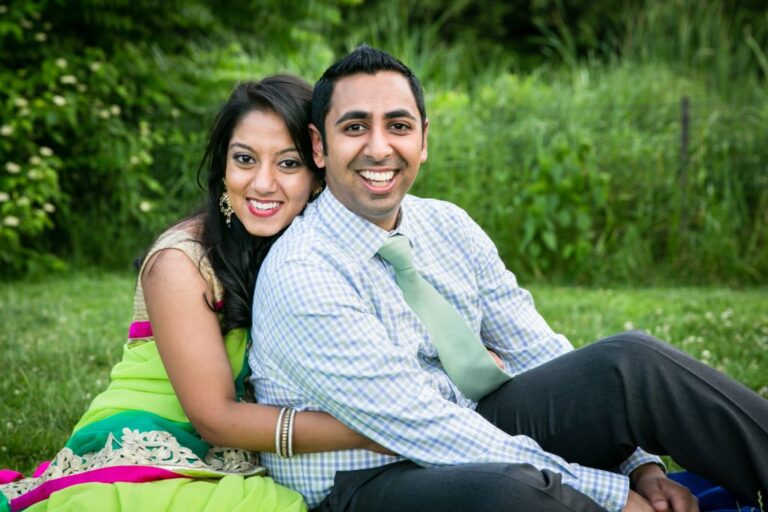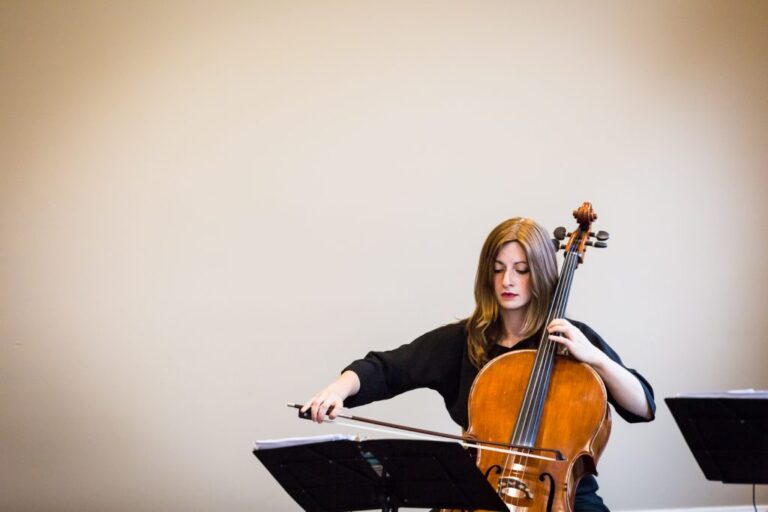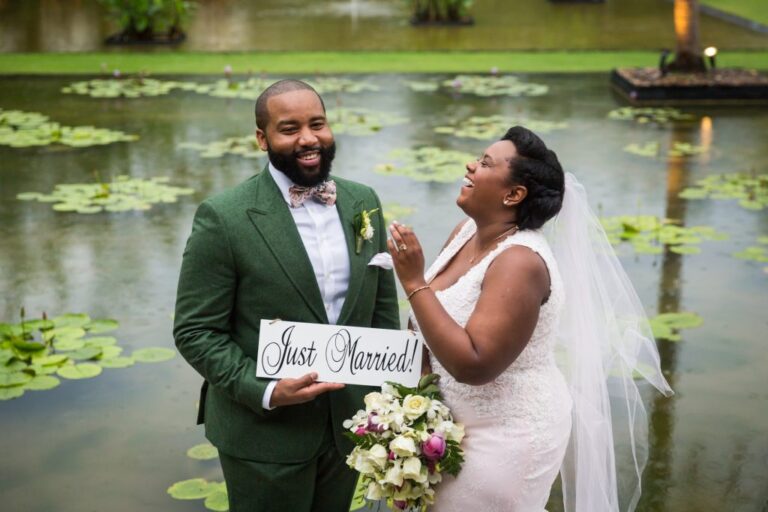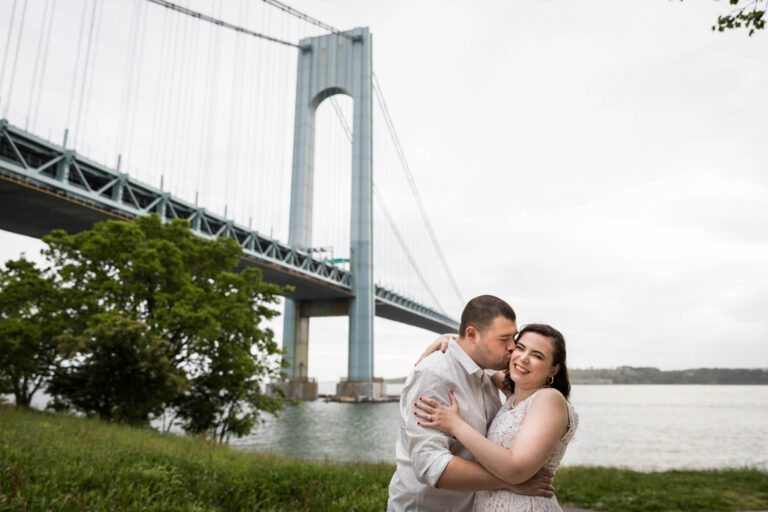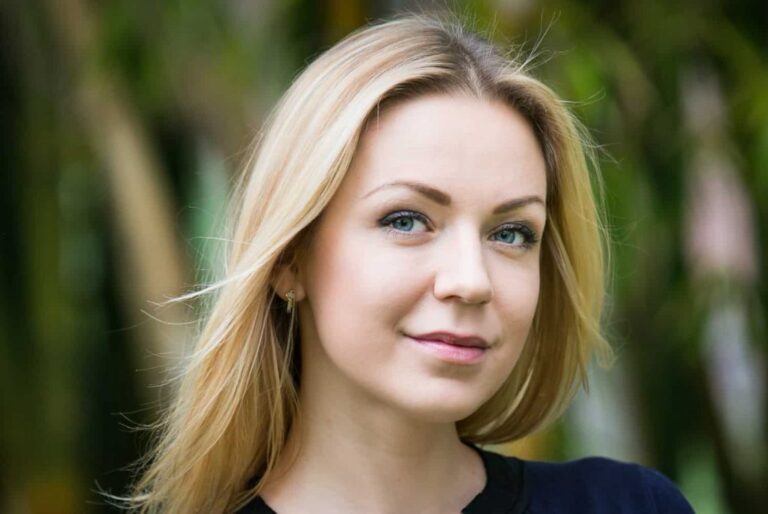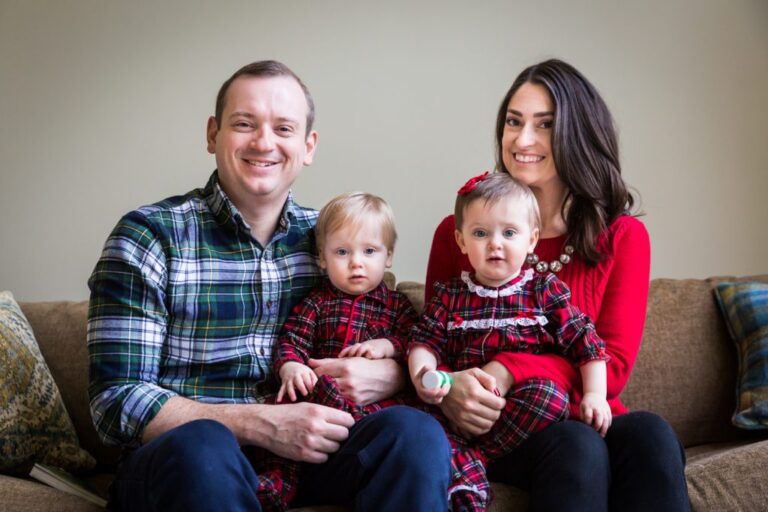For the Best Portrait Lens, (Focal Length) Size Matters
One question I always get when taking someone’s portrait is, ‘what’s with the big lens?’ The lens I use most often for portraits is my huge 70-200mm telephoto zoom lens. The lens is 7.8 inches long, and weighs a little over three pounds. It’s an arm workout for sure. That said, this lens is great for cutting down on distortion and makes for some great photos.
If you are shooting a portrait, the ideal lens to use is a telephoto lens – defined as a lens with a long focal length, resulting in a magnified image and narrow field of view. Since a 50mm lens registers images about the same as that of your eye, any lens with a focal length over 50mm is considered a telephoto lens. The longer the focal length, the more magnified the image. In other words, you can get closer to a subject, yet be physically farther away from the subject, with a 200mm lens than you can with a 70mm lens.
The longer focal length results in less distortion of a person’s facial features. In contrast, wide lenses spread out the facial features (most noticeably a person’s nose) to an often unattractive effect. The farther back you can get with your lens, the more likely you are to slim the subject’s face and keep the features in proportion. In addition, longer lenses also provide a shallower depth of field that helps when you need to blur out a busy background behind a subject.
When I am taking a photo at a 200mm focal length, I need to back up from my subject. Waaaaaay back from my subject. When I’m shooting engagement portraits, this can actually work in my favor. Too often it’s difficult to capture a natural expression because unconsciously the couple feels like I have invaded their personal space. When you notice the camera, you act differently: either hamming it up, or freezing up. (I personally become stiff as a board.) So by putting more distance between my subject and me, it becomes easier to forget about the camera.
When I don’t need to worry about imposing an artificial wall of personal space between my subject and my camera, my portrait lens of choice is my Canon 85mm f/1.8. This is a prime lens, and officially termed a short telephoto lens (any lens with a focal length above 50mm, but less than 135mm). Prime lenses are lenses with one fixed focal length, as opposed to zoom lenses that can jump from one focal length to the next with a quick twist.
Primes tend to be more accurate in terms of both focus and color due to the fact that there are less mechanical elements inside the actual lens. With only one job to focus on, prime lenses can out maneuver zoom lenses on any day. And with less mechanical stuff to get in the way, prime lenses also tend to have faster apertures, meaning they can open wider to let in more natural light (and thus work better under limited lighting conditions). Prime lenses also tend to be much smaller and lighter, which can save you from developing carpal tunnel syndrome at the end of a busy wedding season.
Enjoy the photos accompanying this post, which are from a Central Park engagement shoot two years ago.
If you would like to see more examples of my recent portraits or to get more advice about the best portrait lens for you, please visit my website — www.KellyWilliamsPhotographer.com.

